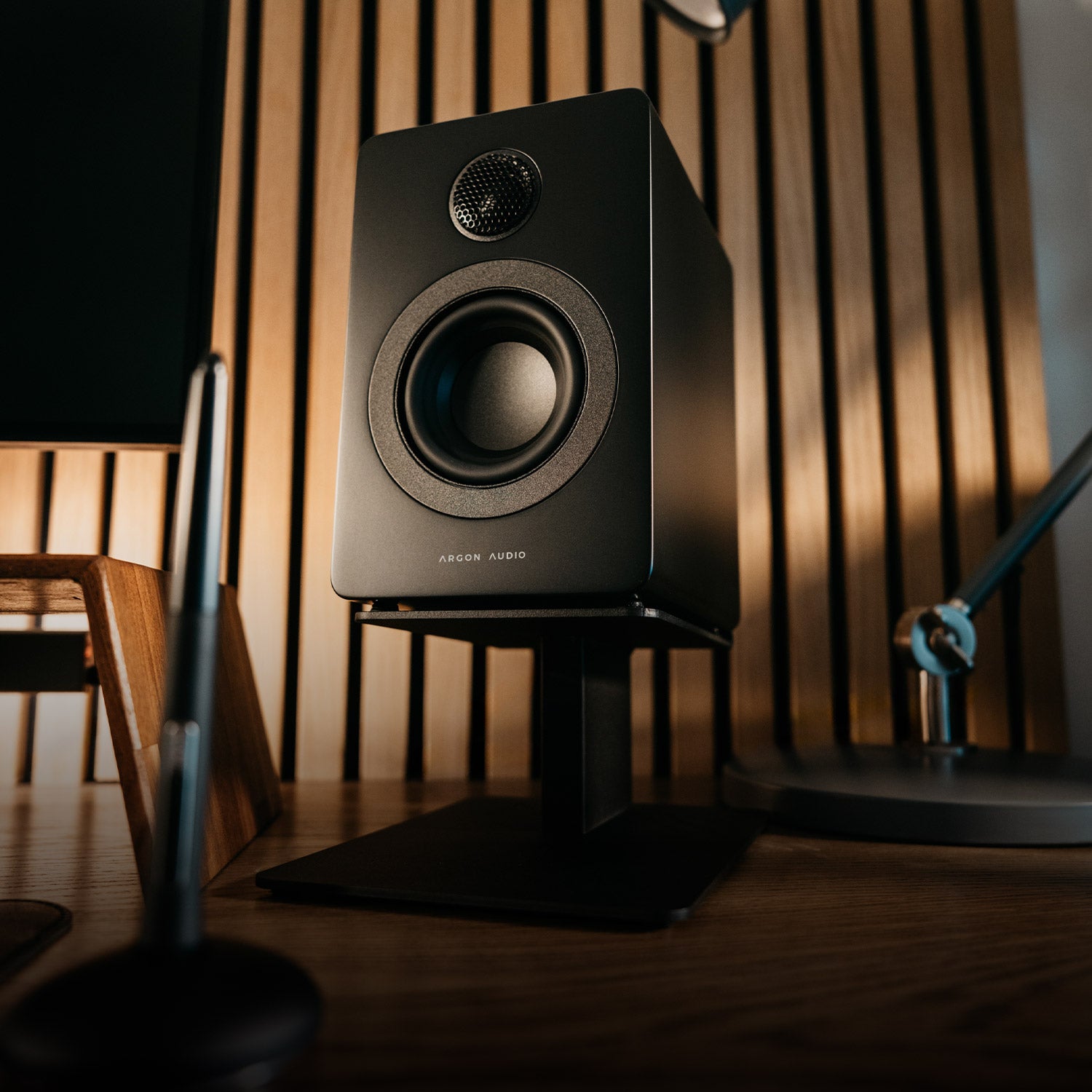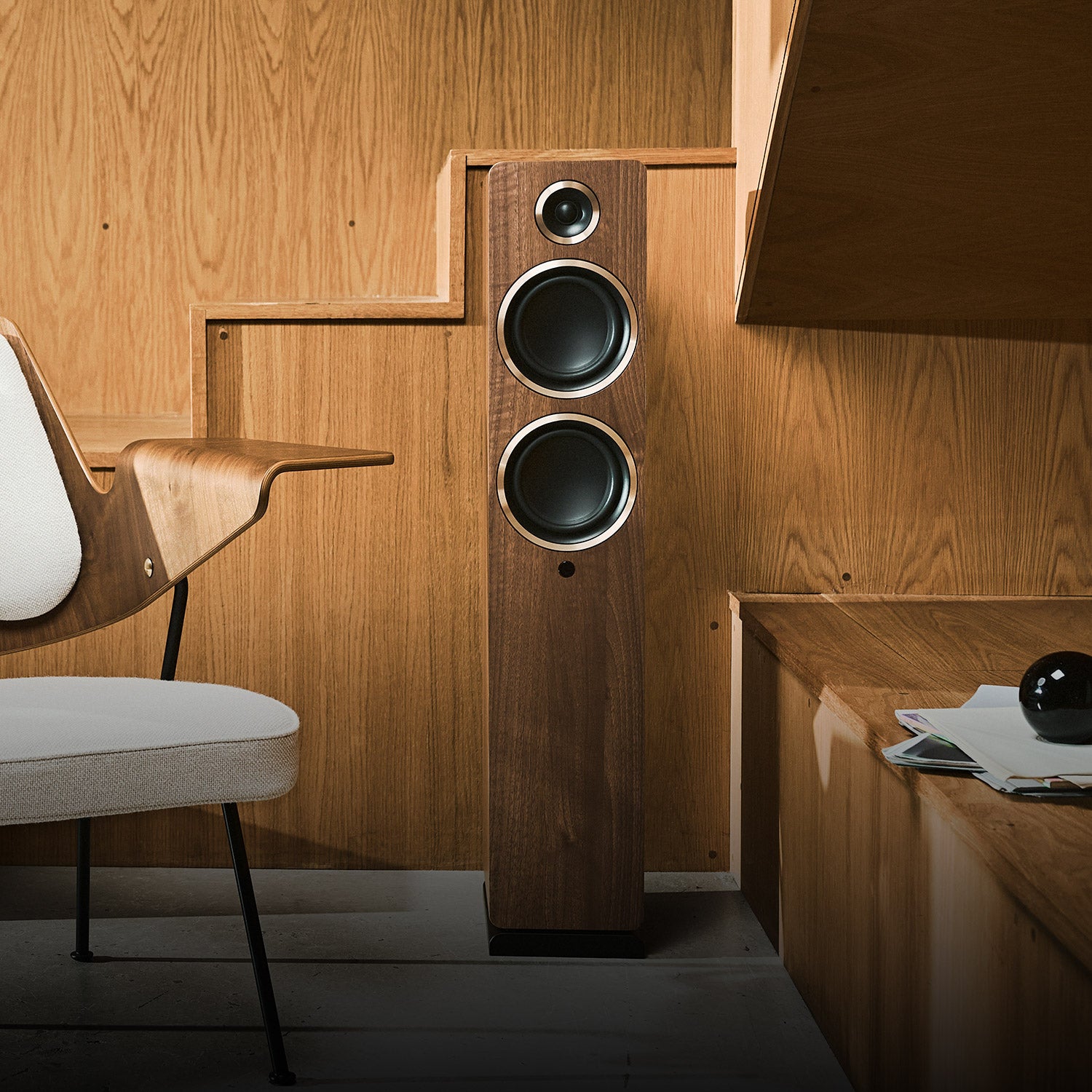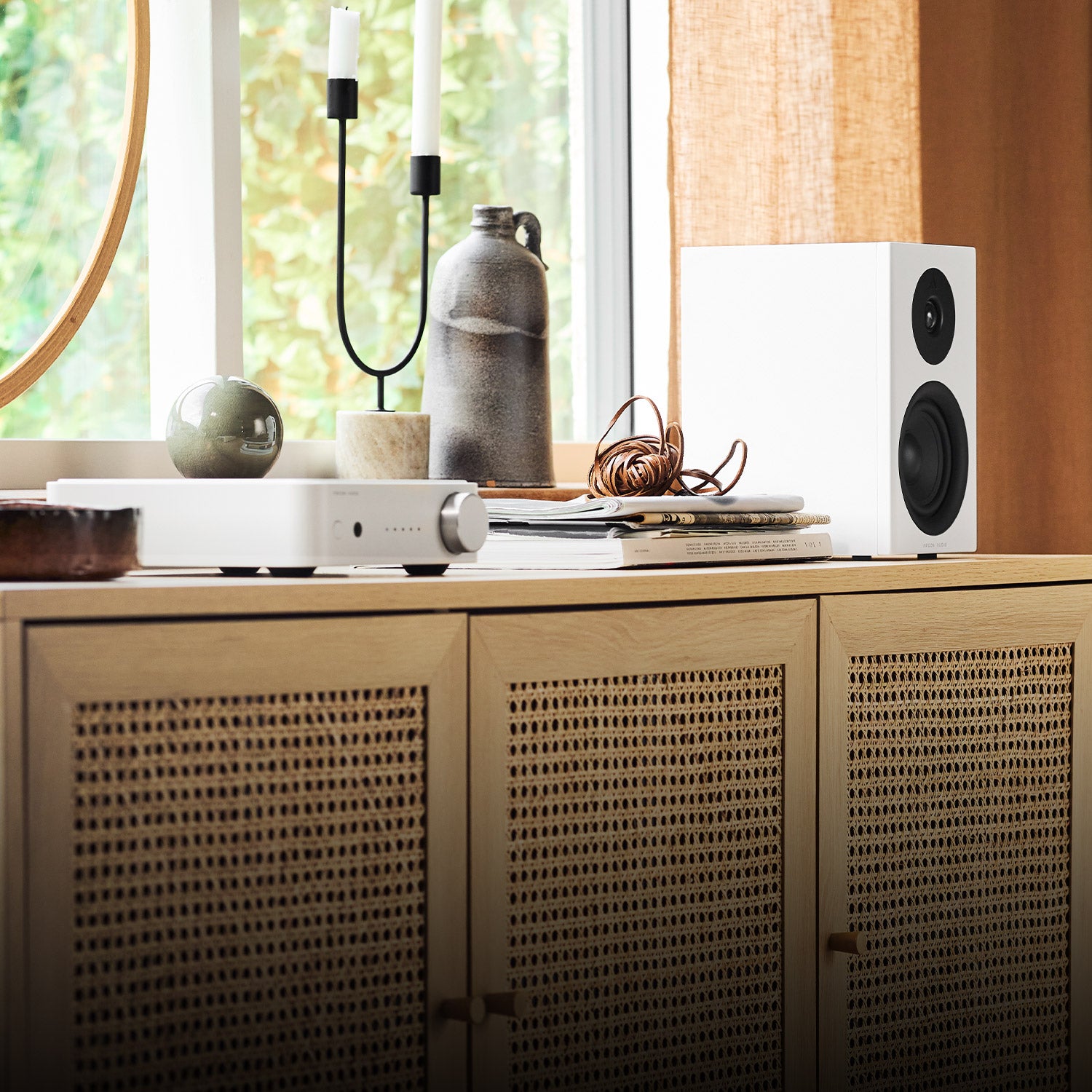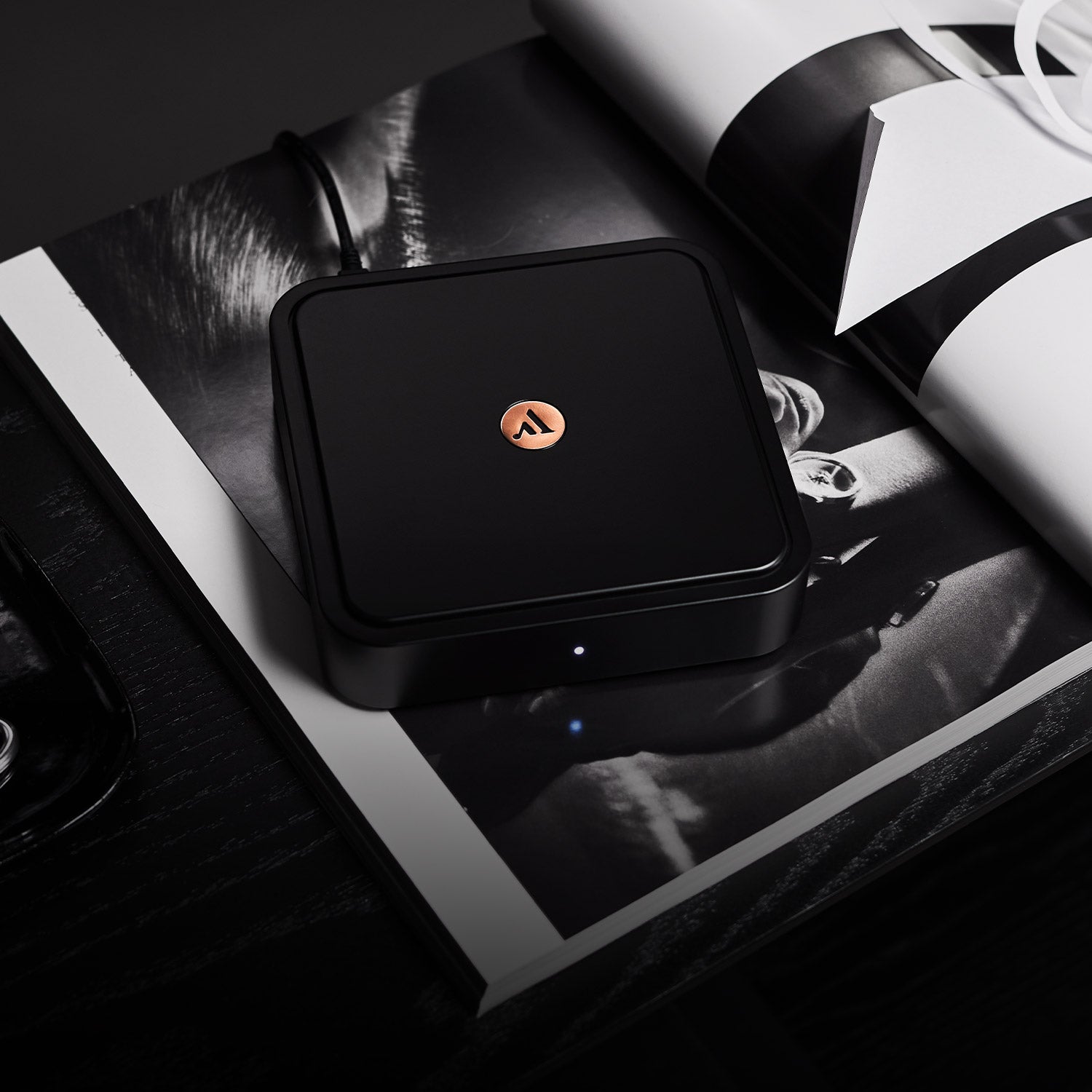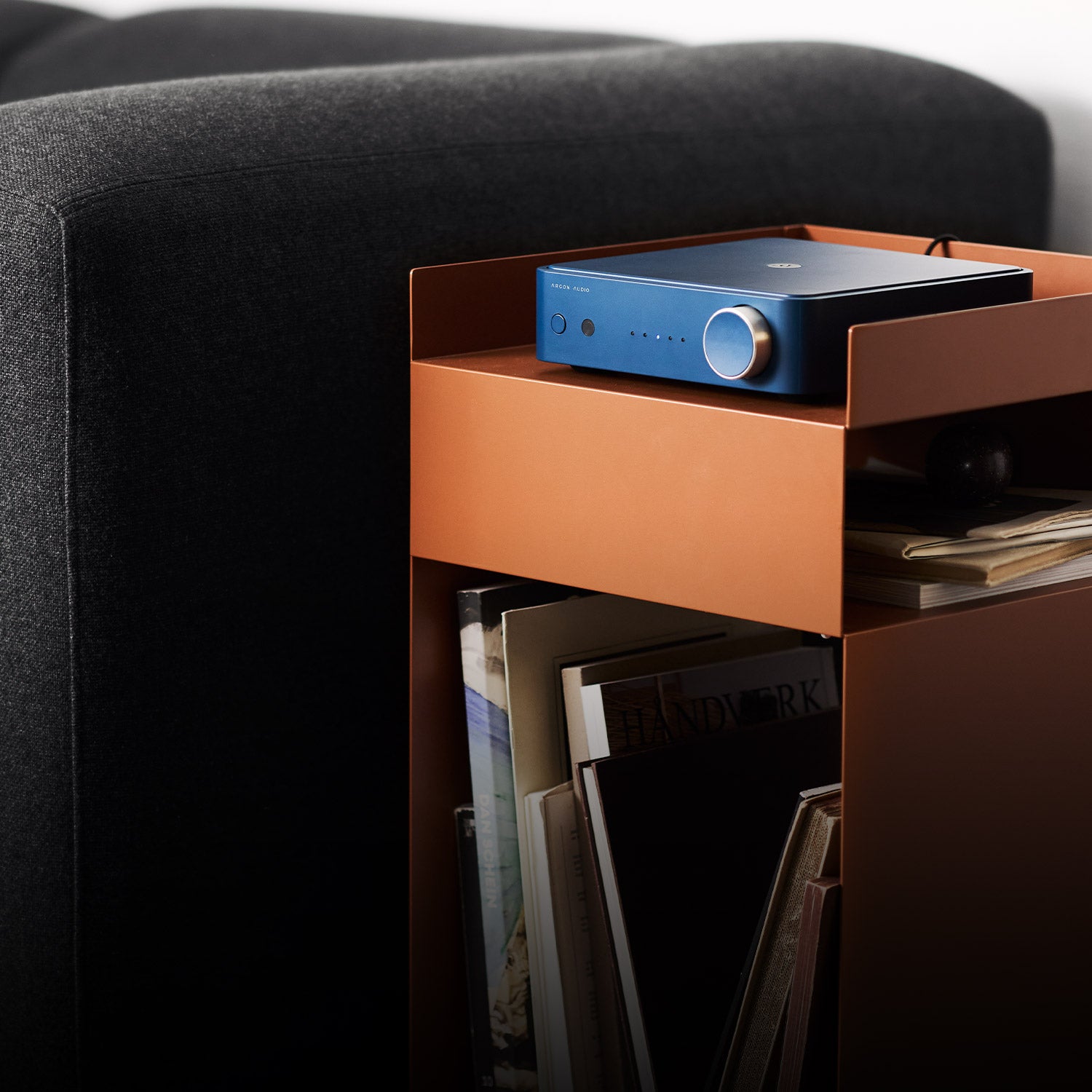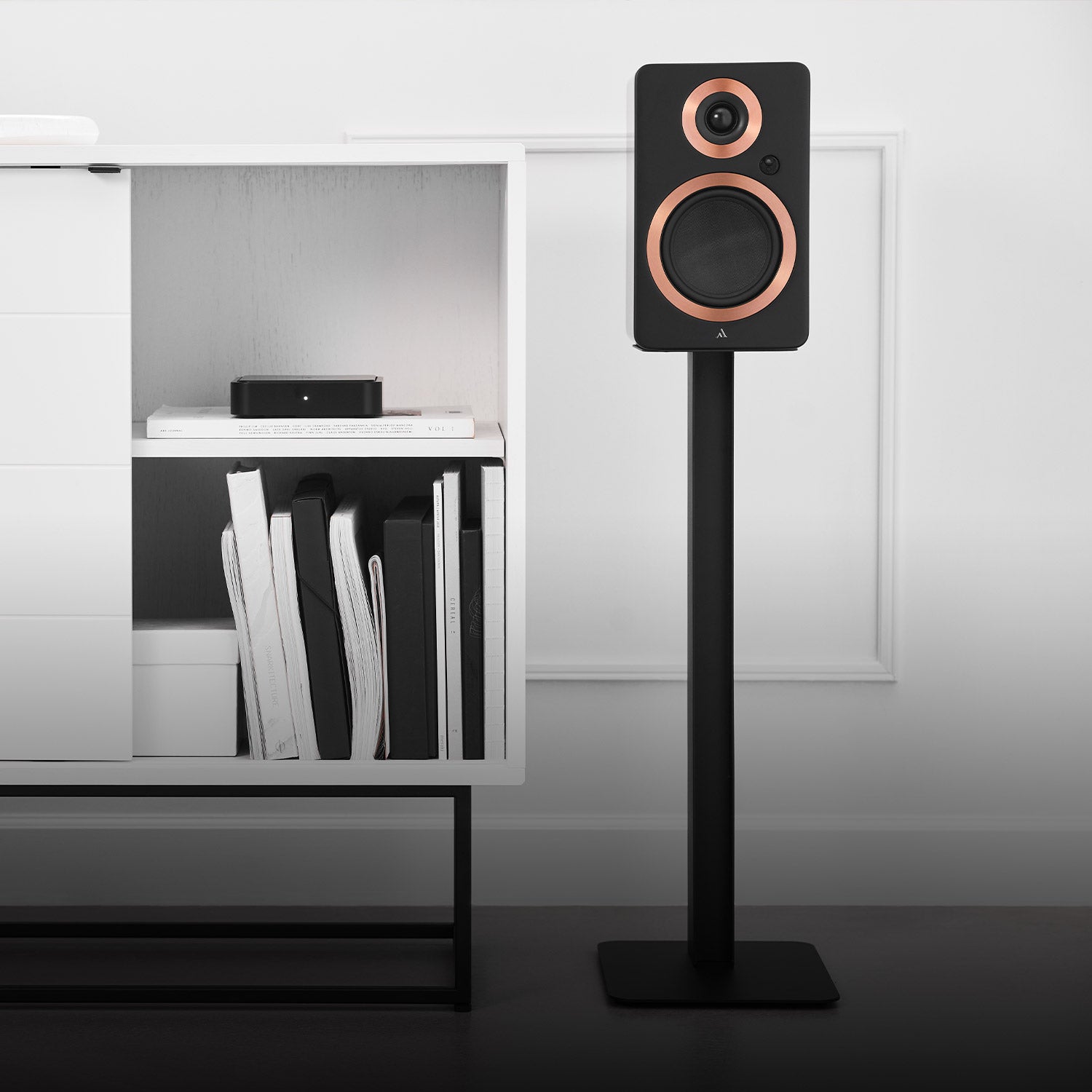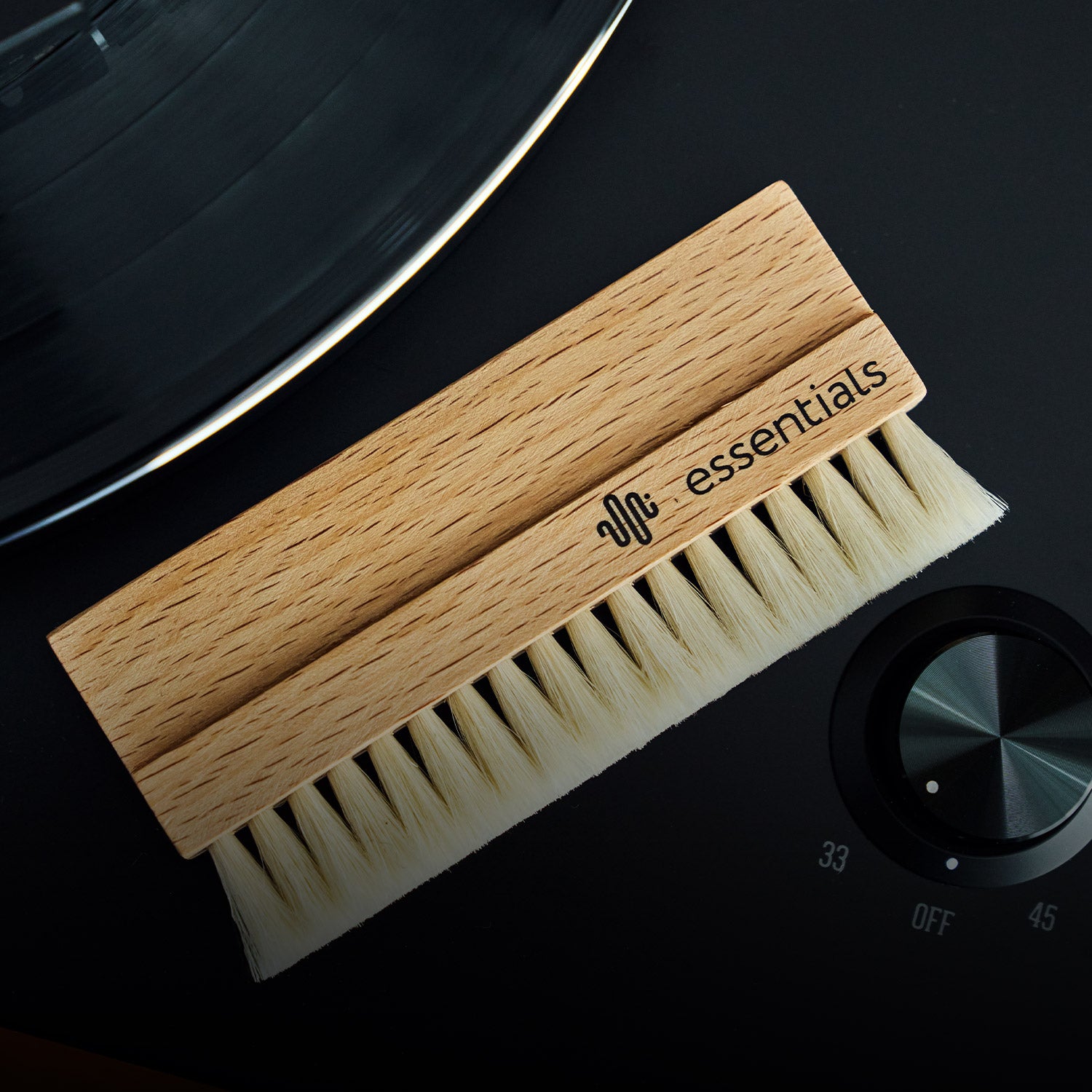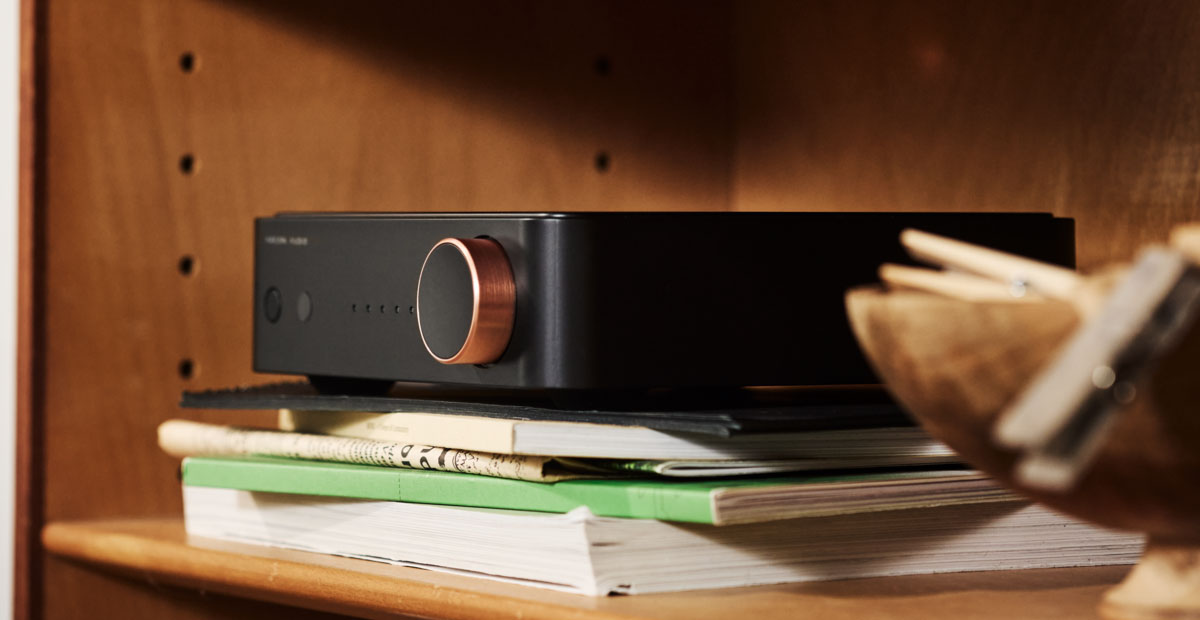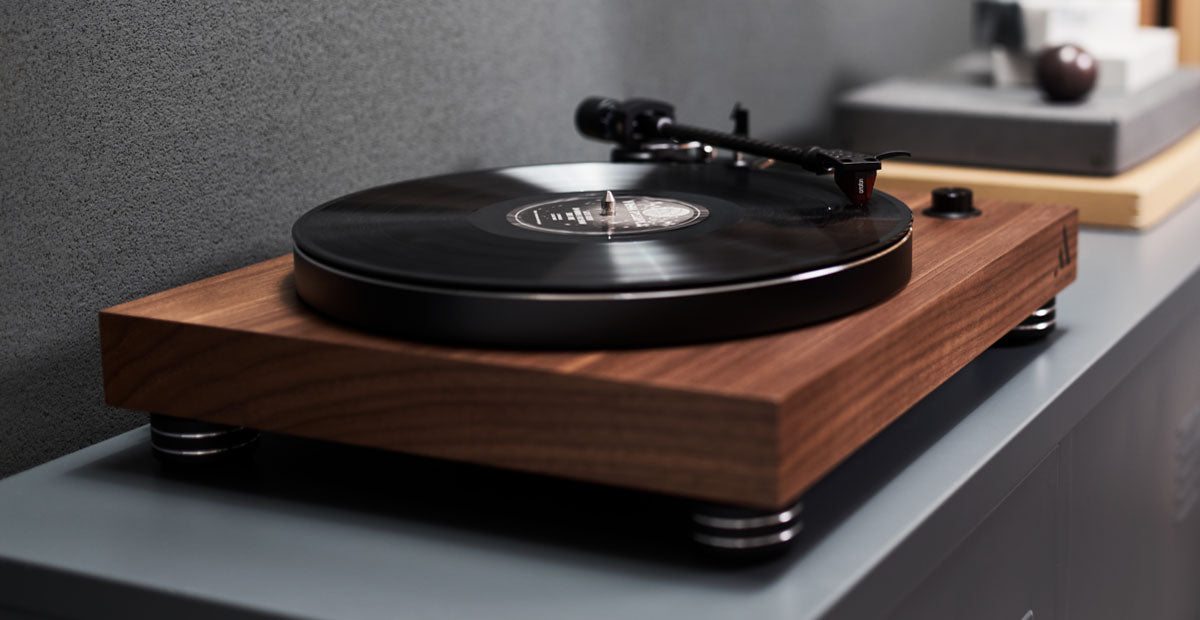Our SA1 MK2 stereo amplifier is something else. It has received high praise from the press for its incredible performance and good quality. The original SA1 took 4 years to develop, and now we have made it even smarter. Every circuit has been through several revisions in order to squeeze as much power and audio quality out of this amplifier as possible. But we didn’t stop there. We’ve infused the same cutting-edge technology into our SA2 streaming amplifier, merging quality audio with unbeatable convenience.
In this blog, we're diving deep into what sets our amplifiers apart from the rest. To do this, we’ve enlisted the help of the engineer behind the SA1 MK2/SA2, Michael Kragelund, to give you a thorough explanation of the choices made, and how we ended up with such high-quality products.
Ambitions through the roof
The goal was to build a high-quality amplifier without any of the limitations normally found in an entry-level amplifier. It should be able to drive even the most difficult speaker loads with a dynamic and detailed sound.
As you can see, we didn’t want to settle for ‘good enough’ when developing these amplifiers. These lofty ambitions meant that Michael and the rest of the team had to consider every aspect of the design and come up with innovative solutions for problems normally found when trying to combine quality and a low price.
Innovative D/A Converter
We wanted to take full advantage of the digital and analogue combination. This meant that we didn’t want to just add a D/A converter to a traditional amplifier design. By rethinking the concept, we combined the D/A converter and Output stage into one unit. In fact, we had to create a separate pre-amplifier just for the pre-out signals, as these signals are not available in this directly coupled amplifier concept.
SA1 MK2 & SA2 use the highly regarded 32-bit ESS D/A converter architecture for best performance. The output stage is based on a chip design. The benefits of using a chip design are great performance and high reliability. Usually, the drawbacks are uneven frequency response, which varies with the speaker load, and distortion numbers can’t match more expensive discrete designs. In these amplifiers, we took the benefits from the chip concept, and we designed our own unique high-order correction circuit to solve these drawbacks. You can say we bypass the chip's internal sound circuits.
The result is that SA1 MK2 & SA2 surpass the measured performance of much more expensive linear and Class-D amplifiers, but with the benefit of very low heat and a compact design not otherwise possible. Also, the direct coupling from the D/A stage to output amplifier creates a very dynamic sounding amplifier with a high level of detail.

Power Supply
With the amplifier stages designed, it was time to focus on the power supply. Often overlooked in audio equipment, the power supply is not only critical for the output power but also regarding noise throughout the system.
The power supply is based on an advanced soft switching concept. Unlike traditional hard switching converters, it has higher efficiency and much lower noise. With the high efficiency and low noise, we could design the power supply with headroom for demanding speaker loads and easily drive speakers well above rated output power even at very low frequencies.
Phono input & low distortion
The final piece of the puzzle was designing a phono stage that ensures the best possible quality when plugging in a turntable.
For the Phono input, we wanted to do something special, since we knew that it would be used with high-quality turntables. We made a design based on an audiophile Burr-brown Operational amplifier and precision capacitors for RIAA correction. Besides the subsonic filter, the frequency response from input to speaker terminals is flat with just ±0,25dB to 40 kHz with extremely low distortion.

